Crytek is one of the most important developers in modern PC gaming. The German studio, formed in 1999 by a trio of brothers, has rarely been prolific over the years, but its games have always found themselves at the head of technical and graphical milestones in the medium.
From the azure waters of Far Cry, which heralded a new era in physics and graphics several months before Half-life 2, to technical showcases like Crysis and Ryse: Son of Rome, Crytek - with its proprietary CryEngine - was renowned for dazzling audiences with graphics that would maximise or even go beyond the limits of what was possible at the time (and so the now-legendary ‘but can it run Crysis?’ meme was born).
But Crytek’s 22-year story isn’t just one of pushing hardware and pioneering technologies. Founded in an era where graphics were king, the studio had to adapt as the industry changed over the years, and weather some painful times before re-emerging with bold new ideas and a newfound humility.
Born in X-Isle
Crytek’s journey started, like so many game development stories, in a house. “We had one floor of a house with maybe three or four rooms in it”, recalls Far Cry level designer Petar Kotevski. “It was actually a massage parlour before Crytek. For the first year or so we had people ringing on the door saying ‘We want to schedule an appointment’”.
The studio’s first project was X-Isle - an unthinkably advanced CryEngine tech demo that panned over a prehistoric island populated with dinosaurs, with sunlight reflecting off the water, and dense foliage swaying in the breeze. After seeing the demo at E3 1999, Nvidia snapped up X-Isle to use as benchmarking software for its graphics cards. It was Crytek’s big break, and set something of a precedent for the studio that it would be a graphical powerhouse.
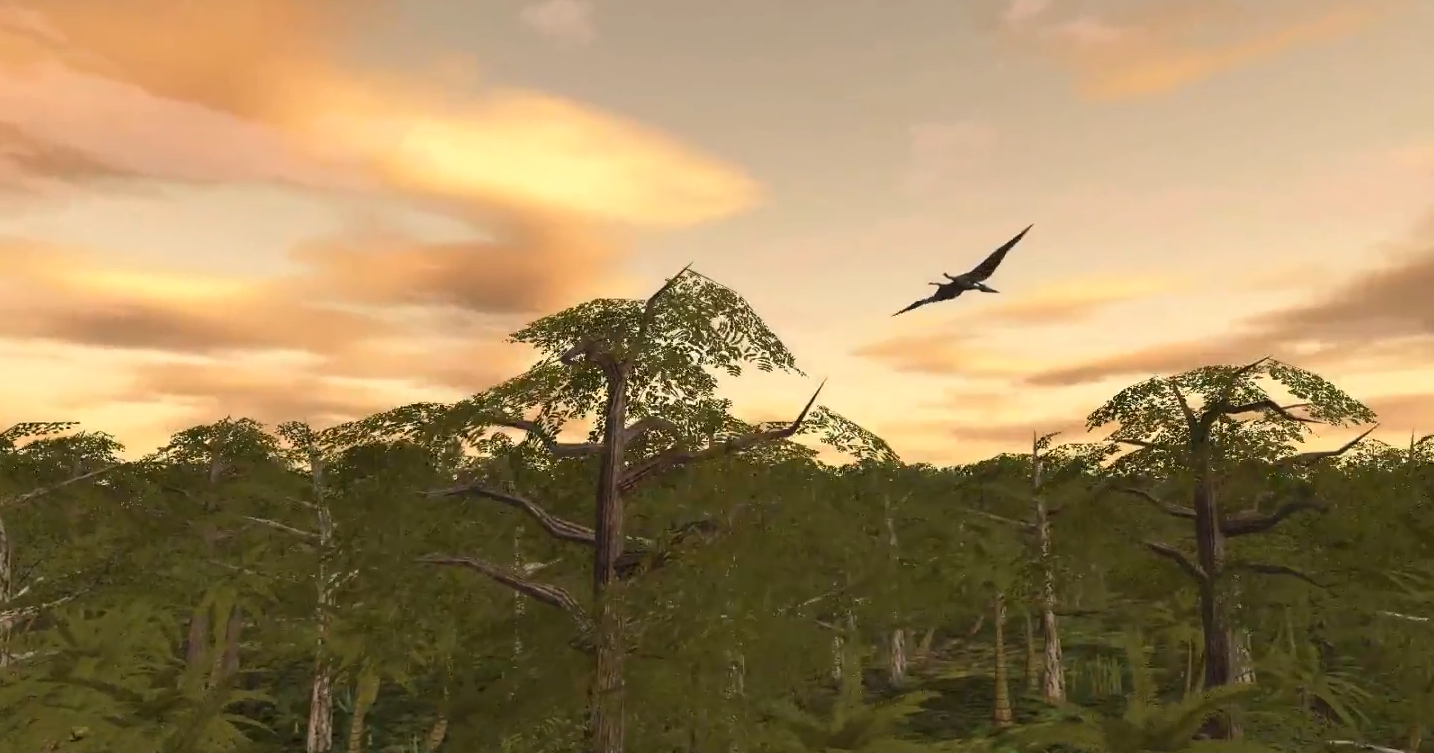
The dinosaur concept quickly began forming into a fully fledged game, with Ubisoft picking up the publishing rights not long after E3. “It was going to be called Trespass or something”, Kotevski tells us. “It started as a dinosaur game, Nothing about mercenaries, nothing about mutants - just an unnamed guy going to a dinosaur island”.
Development eventually shifted towards a more realistic shooter, with Ubisoft suggesting the name ‘Far Cry’. Famous though the name is today, Kotevski admits that the team weren’t keen on it at the time.
Far Cry was an innovative game. It established CryEngine as a trailblazer, beating Source and id Tech 4 to the market. Its wide-open areas offered plenty of freedom of approach, and its AI was ruthless, capable of communicating with each other to flank the player and tag their last known position, or shooting the player through tent walls.
"[Far Cry] started as a dinosaur game, Nothing about mercenaries, nothing about mutants - just an unnamed guy going to a dinosaur island."
Petar Kotevski
Players would complain of its difficulty, but much of this was down to players not being used to AI that was actually intelligent. “I’d say that what we went for is something that in the world of AI challenge is called ‘sensory honesty’”, says Kotevski. “When you’re sitting in the bushes, one polygon can obscure your entire vision as a player, but if you’re thinking from the PoV of the AI which is shooting a ray through a couple of bushes, it may feel a little bit unfair because you can’t see them but they can see you”.
Far Cry put Crytek on the map. After the game’s success, a well-documented IP split saw Ubisoft keep the franchise name while Crytek kept the premise and engine. The game’s success led to the company growing, and Crytek moved from Coburg in the Bavarian countryside to the more internationally accessible city-hub of Frankfurt.
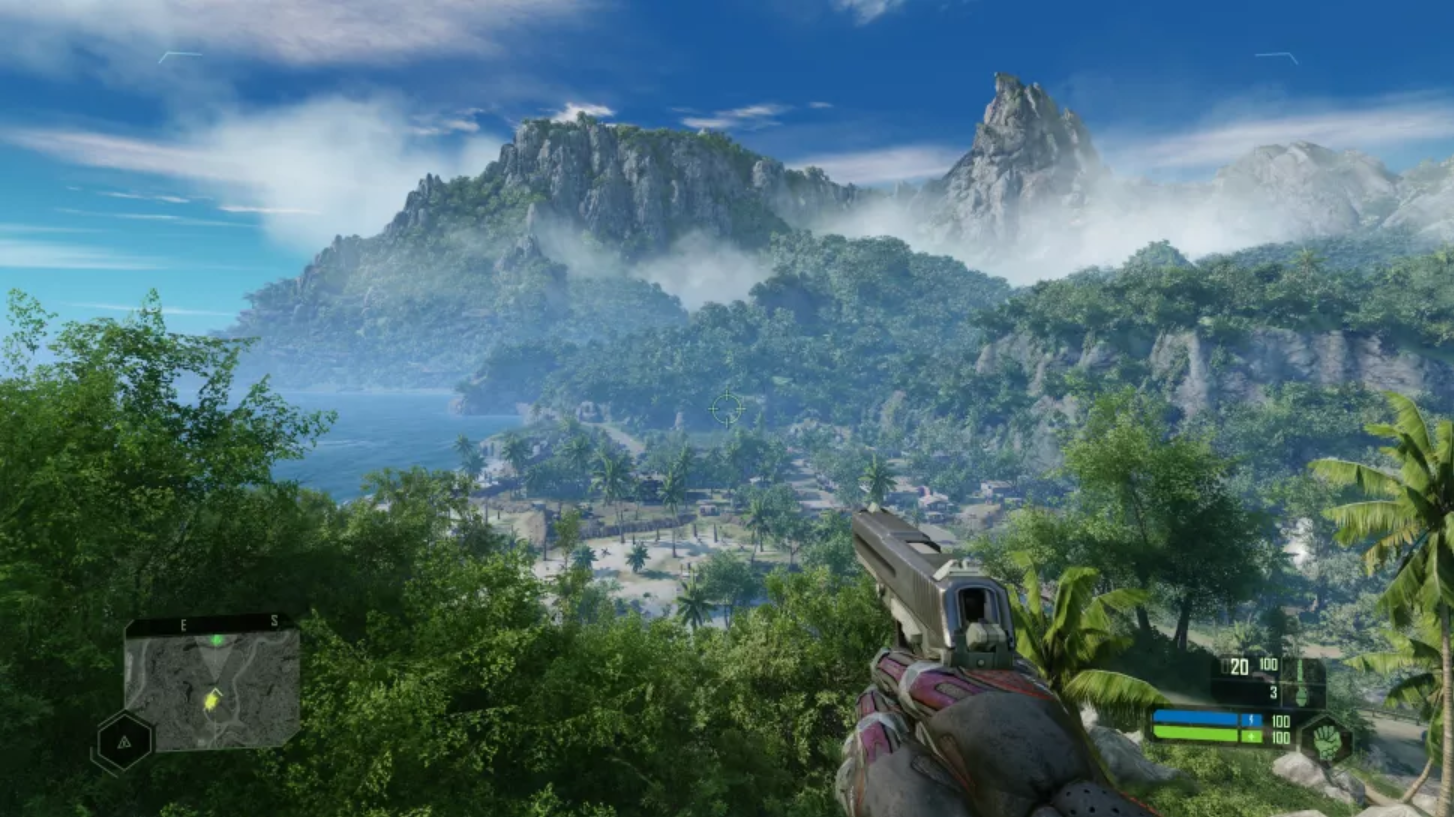
The Crysis years
Tom Deerberg and Marcel Schaika arrived at Crytek in 2005 and 2006 respectively - a couple of fresh-faced young developers who were more than happy for Crytek’s tropical island IP to have a bit of a reset.
Crysis, the team's next game, broke with many of the trappings that governed first-person shooters at that time. It was originally going to have fairly traditional progression with the player earning nanosuit upgrades throughout the game, but it quickly became clear that it was simply more fun to have high jumps, hyperspeed, invisibility and super-strength from the outset.
“Some level designer just made a little playground and said, ‘hey, it's so much fun to play that character that you were supposed to have at the very end of the game’”, Schaika explains.
Outside of Quake III and Unreal Tournament, shooters rarely exhibited the kind of mobility and verticality seen in Crysis. The way you moved through the environment was a power trip, anticipating the mechanics seen in much later games like Dishonored and Doom.
Both Deerberg and Schaika heap praise on the CryEngine engineers for Crysis’ technical accomplishments, and took advantage of the tech to deliver an unprecedented level of graphical fidelity. Looking at the difference in how the jungle appears in Far Cry and Crysis reveals just how fast PC graphics were advancing during these technically intoxicating years. CryEngine was right on the frontline in making these advances happen.
“With Far Cry, we built a jungle out of our imagination, which looked cartoony - the water is blue, the sun is yellow and the leaves are green,” says Schaika. “But in Crysis we really tried to understand why there's a gradient in the sky and what kind of colors the leaves have and be super analytical and mimic nature as much as possible. We even flew people over into the jungle”.
"With Far Cry, we built a jungle out of our imagination, which looked cartoony...But in Crysis we really tried to mimic nature as much as possible."
Marcel Schaika

Crysis marked the end of an era for PC gaming. Released shortly after the PS3 and Xbox 360, it was one of the last ‘made for PC’ shooters, designed to push the pinnacle of gaming hardware as well as its own engine without having to worry about compromising to run on consoles.
Deerberg and Schaika admit that the strenuous hardware demands for Crysis were a slight case of naivety and over-excitement from the young team. “You don’t see that any more. You don’t see a company saying ‘hey, let’s make this new super killer thing that is going to melt your hardware’”, Deerberg revealed.
Schaika agrees. “Back then there was so much to explore visually that it was too exciting for our young team. The push for technology was really happening back then. Today, technical achievements are becoming a little bit smaller and less noticeable”.
That shift would be felt in Crysis’ own sequels. Designed as a multiplatform game, Crysis 2 was never going to see the same nanosuit-boosted leap as its predecessor. The young team was forced to grow up quickly. “There were a lot of new things introduced so it was a bit of a bumpy production”, says Schaika. “We lost a lot of things due to performance constraints. For instance, we could no longer make everything interactive or breakable”.
A lot of potential locations were floated for Crysis 2. “We were looking at cities like Rio de Janeiro, with its favelas and nice little trees that blend into the jungle and still with some ocean”, Deerberg explains.
"Today, technical achievements are becoming a little bit smaller and less noticeable."
Marcel Schaika
The decision to set Crysis 2 in the fully urban New York City was a “higher-level” one that the dev team had to work with, but the challenging process was at least helped along by a familiar name for TimeSplitters fans. Crytek UK (formerly Free Radical) was brought in to help. “Their art department was a lot more experienced than ours. We learned so much from them in terms of console development and so on”, Schaika recalls fondly. “They were working on the multiplayer part of the game too. Those guys were great”.

Development on Crysis 3 was (excuse the pun) a far cry from its predecessor. With the team and engine staying much the same from Crysis 2, and Crytek now adapted to the new reality of multiplatform gaming brought about by the PS3 and Xbox 360, development was relatively smooth.
"If something urban didn’t look quite right, we could just put a few big bushes in, and everything was hidden!"
Tom Deerberg
“Even though we were sick of it after Crysis 1, we missed the jungle”, admits Schaika. “So, we decided to merge the city with jungle in a way players hadn’t seen before”.
The ruinous environments also allowed for a bit of design skulduggery. “With Crysis 2, if you want to build a city you have to build a city road, you have to get the details right, otherwise it doesn’t look good”, says Deerberg. “With Crysis 3 if something urban didn’t look quite right, we could just put a few big bushes in, and everything was hidden! In a post-apocalyptic world, you have the freedom to do this”.
Ryse and fall
Crysis was always intended as a trilogy, so once it concluded in 2013 the team was ready to move on. With the studio’s ambitions to expand and self-publish, this was the most prolific period in Crytek’s history. At the same time as Crysis 3 was being made, free-to-play shooter Warface was being worked on at Crytek Kiev, while historical adventure Ryse: Son of Rome had been taken on by Microsoft as an Xbox One launch title.
Naturally, Microsoft wanted Ryse to be a visual spectacle that would show off the new console’s power, which of course Crytek had a reputation for. Development on the game shifted from a first-person Kinect motion game to a cinematic third-person action game. With much of the core Crytek team still working on Crysis 3, the Ryse team was mostly made up of new talent who had to get used to the new engine.
“The experienced core team finished the easy established IP while the Ryse team had a lot to deal with”, says Deerberg. “Fiddling with new hardware, constantly changing, having to hit the release date because it was a launch title”, he continues. “It was a tough time”.
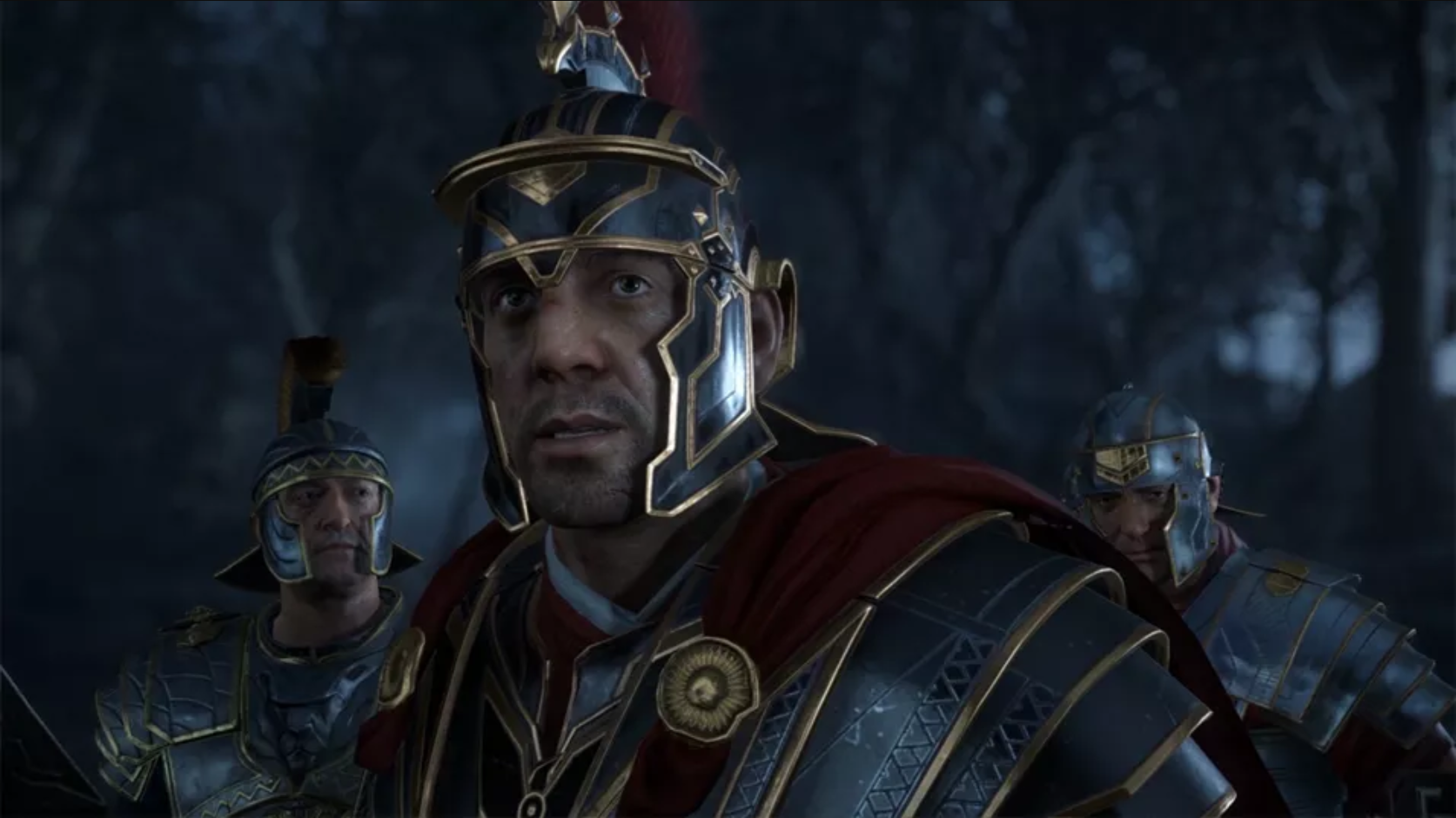
Between 2006 and 2013, Crytek had acquired and founded eight new studios around the world, as well as multiplied the size of its staff in Frankfurt to work on Ryse. This shift in scale was felt by the core team. “When you grow really fast it’s kind of hard for everyone to row in the same direction”, says Schaika. “It was difficult to keep that ‘one big family’ feeling”.
More urgently, Crytek was unable to maintain its wide network of studios with their respective projects. In 2014, reports were emerging that employees at various Crytek studios - even Frankfurt - were going unpaid, and by the end of the year it had sold Crytek UK and the IP it was working on, Homefront: The Revolution, to Deep Silver.
Crytek also downsized its US studio to focus on distributing CryEngine. Part of that involved bringing a certain game called Hunt: Horrors of the Gilded over from Crytek Austin to Frankfurt. By 2017, Crytek had closed or sold off six of its eight international subsidiaries.
The exact details of what went wrong remain unclear, with Crytek not divulging too many details over the years. We did, however, manage to speak with Crytek co-founder Avni Yerli about the impact of Crytek’s overexpansion and the lessons it learned going into the future.
“The impact was visible. Games didn't progress as expected, and frankly speaking we were not able to secure the financial foundation needed to drive this scale-up”, Yerli tells us. “The key learning from this is that we decided to change the strategy of the company to make Crytek more focused than it’s ever been before - to work on games to the strength of the talent at Crytek”.
Part of that strategy was to lay low and regroup. After releasing three games in 2013, Crytek wouldn’t release another PC or mainstream console game for another six years, in the meantime rethinking its strategy and closing most of its international subsidiaries.
“We didn’t want to communicate much to the market because at that point you can say whatever you want - you just have to deliver, then let the market appreciate what Crytek and the team has done”, says Yerli. “I can tell you I’m very proud of what the Cryteam has achieved since then”.

New horizons
Crytek’s next games would perhaps have come as a surprise given the studio’s history of glossy triple-A productions, but were an apt reflection of its new ‘focused’ philosophy. Virtual reality was an emerging technology, and Crytek became an early big-name champion for it. Among developers at Crytek, VR ignited that same excitement they felt when breaking new ground with Crysis nearly a decade earlier.
“There was so much to explore”, Schaika tells us. “It was such a new medium, like the first time someone ever handed you a game controller”. In 2016, Crytek released Robinson: The Journey, a VR adventure set on a dinosaur-populated island that seems suspiciously like a throwback to where it all began with X-Isle. The following year, Crytek released the free-climbing VR game The Climb - a perfect symbol for a company slowly getting back on the ascendancy.
By this point, it had been four years since Crytek released a PC or console game, but behind the scenes it was working hard on its most atmospheric title yet. When Crytek took over work on Hunt: Horrors of the Gilded Age from Crytek Austin in 2014, it was a third-person co-op game set in the swamps of Louisiana, where players would fight redneck cultists before facing off against spectral witches and other monstrosities.
Hunt slowly morphed into a new beast, reeling the game back towards Crytek’s strengths in first-person shooters. “We wanted to push more for that horror aspect, which doesn’t work as well in third-person”, Schaika tells us. “It would be all about the player’s awareness”.
In some ways, the thinking behind Hunt resembled the original Far Cry - a game that didn’t empower the player from the off, and instead forced you to assess the environment before carefully proceeding into it. In moving forward with its new philosophy, Crytek was also returning to its roots.
Another inspiration was the ongoing success of Warface and the bonds it established between Crytek and its community. It was a big motivator in making another online service game. “We learned how to shape the game alongside the community, playing it over and over with them, and listening to their input on things like balancing weapons”, Schaika recalls. “That relationship with the community shaped the final product”.
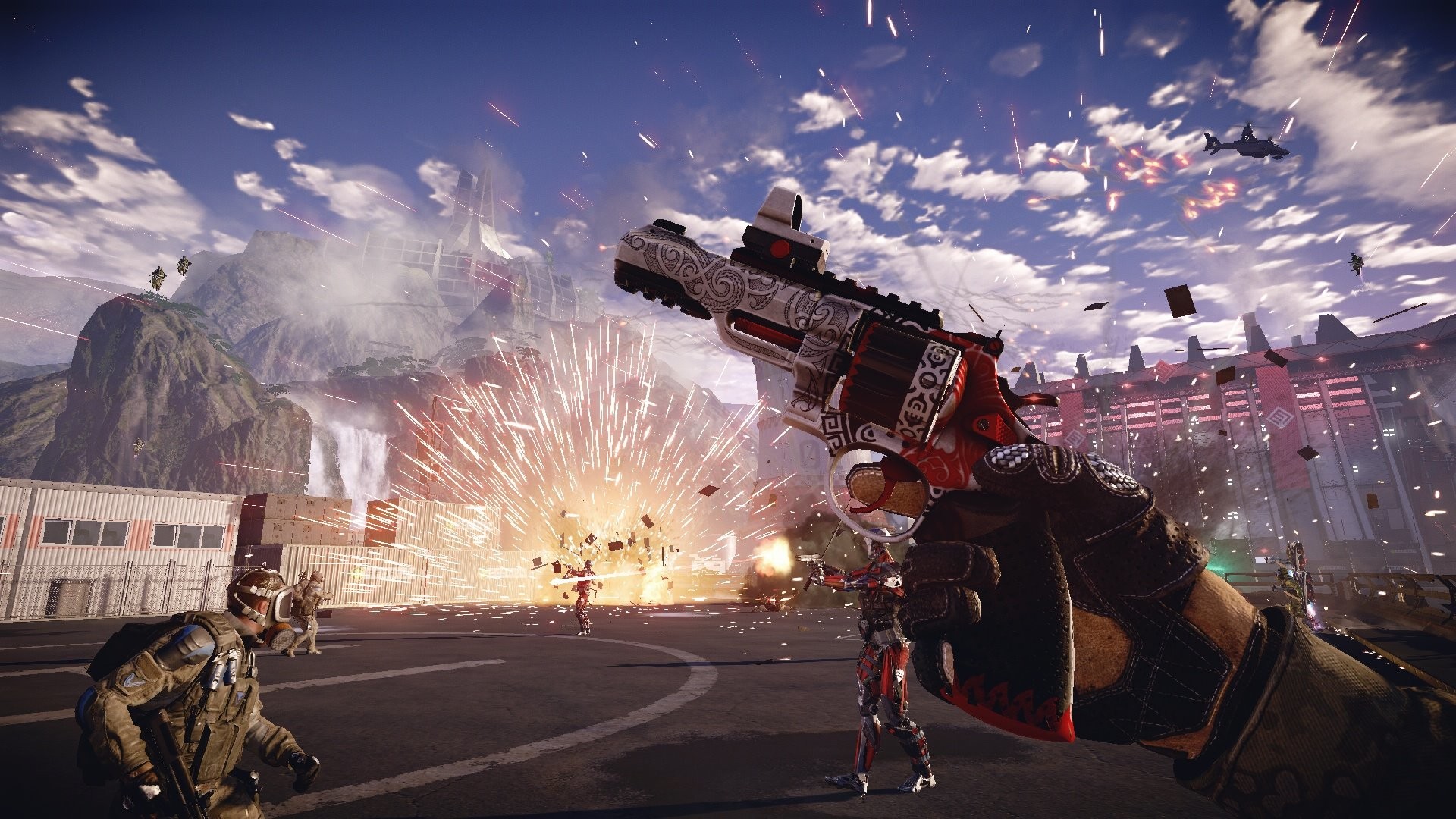
Development on Hunt wasn’t always easy. At times, there were barely any people on the team due to ongoing VR projects. Around 2016 and 2017, Crytek was still in the midst of restructuring, and the small team was worried that it may even get cancelled. Schaika tells us that the boss’ reassurances were vital to keeping spirits up: “When the team was concerned, Avni came over and said ‘we still believe in this game. Just be patient’”.
That patience would pay off. The game was presented to the world at E3 2017 as ‘Hunt: Showdown’. The PvPvE horror shooter, with its unique late 19th century setting, enraptured the E3 audience, gathered momentum, and launched into Steam Early Access in February 2018. The brooding shooter became the standard-bearer for the new Crytek - distilled, distinct, and extremely focused.
Crucially, Hunt: Showdown finally separated Crytek from its historical image as a ‘graphics-first’ developer. Comparing Hunt to Crysis, Marcel tells me: “When I look at Hunt, I still think it looks pretty good, but we had to put a lot more effort into creating an interesting world and not just a good-looking world”. The young team that started out on Crysis all those years ago had come of age.
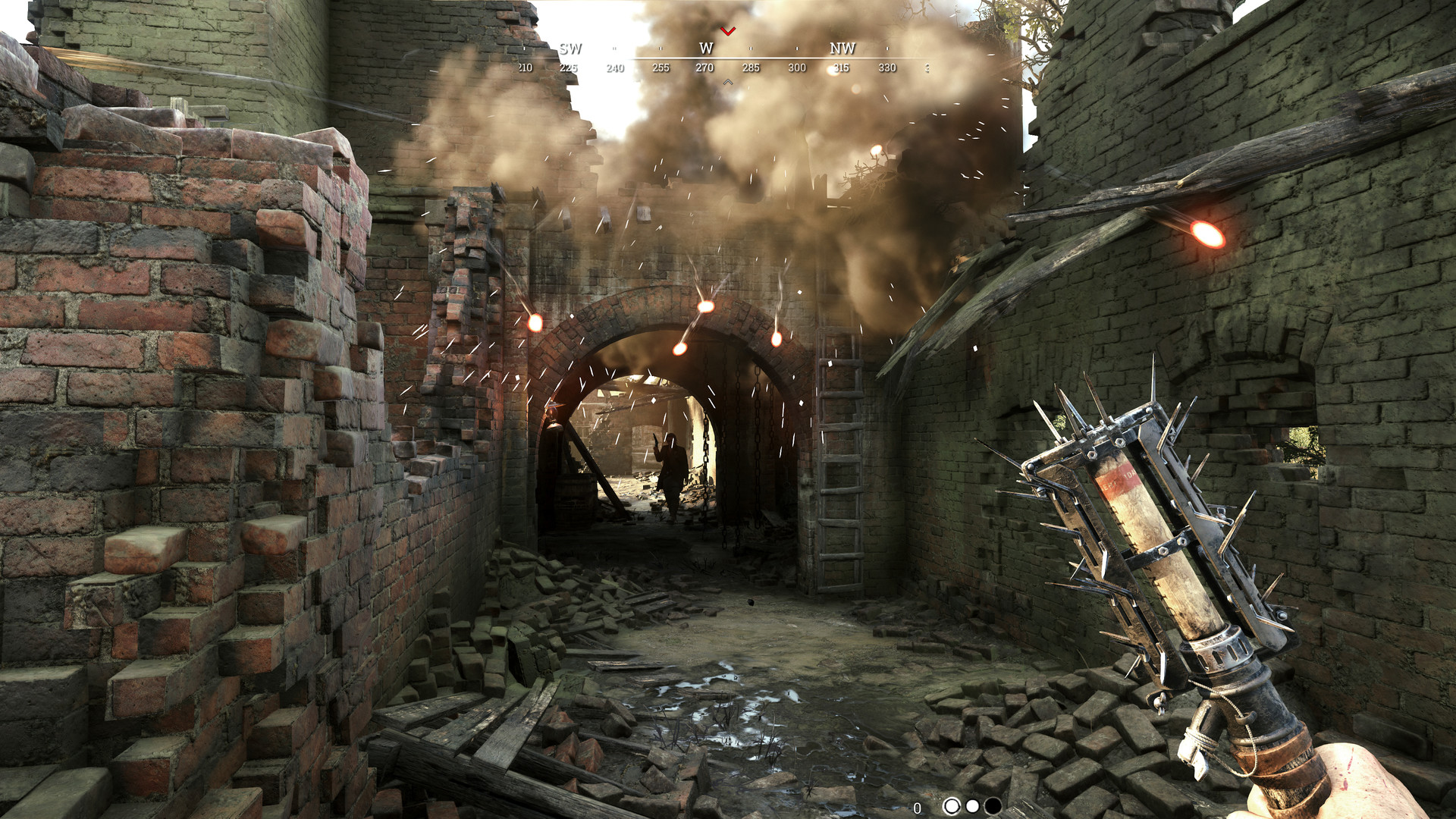
For a company that has in the past had offices all over the globe, and even looked into creating its own gaming platform at one point, it’s impressive how Crytek has managed to reel its scope back to its core values of making unique, entertaining games, while still achieving its ambition of self-publishing.
So what’s next for Crytek? Yerli says that the focus right now is Hunt: Showdown, but admits that the studio has “ambitious plans for another game”. When we spoke to him about Crytek’s cancelled 2008 game Redemption, a post-apocalyptic adventure about a father and daughter that eerily foreshadowed The Last of Us, we asked whether he still harboured that desire for Crytek to move more into narrative-driven games. “I don’t want to spoil too much, but I think we will not disappear from this area, put it that way”, he told us.
Schaika and Deerberg, meanwhile, are knee-deep in the swampy waters of maintaining and developing Hunt: Showdown, with the game having recently released its long-awaited third map. “When you make a new map, you’re always super-critical about your own work and it’s scary as hell to press that button on Steam”, admits Schaika. “So much work goes into it and you’re always in doubt, but when you get that positive feedback it’s the nicest reward for developers”.
Deerberg, meanwhile, wants Crytek to continue its exploration of new ideas and technologies. “I want Crytek to keep doing what it’s doing now - always come up with new stuff and not just repeat the same IP until it’s dead and falling off the horse”, he says. “Try new stuff and go for new horizons”.
- Welcome to TechRadar’s PC Gaming Week 2021, our celebration of the greatest gaming platform on Earth. Despite the global pandemic and ongoing GPU shortages, PC gaming has never been more vibrant and exciting, and throughout the week we’ll be reflecting this with a selection of in-depth articles, interviews and essential buying guides.
Comments
Post a Comment